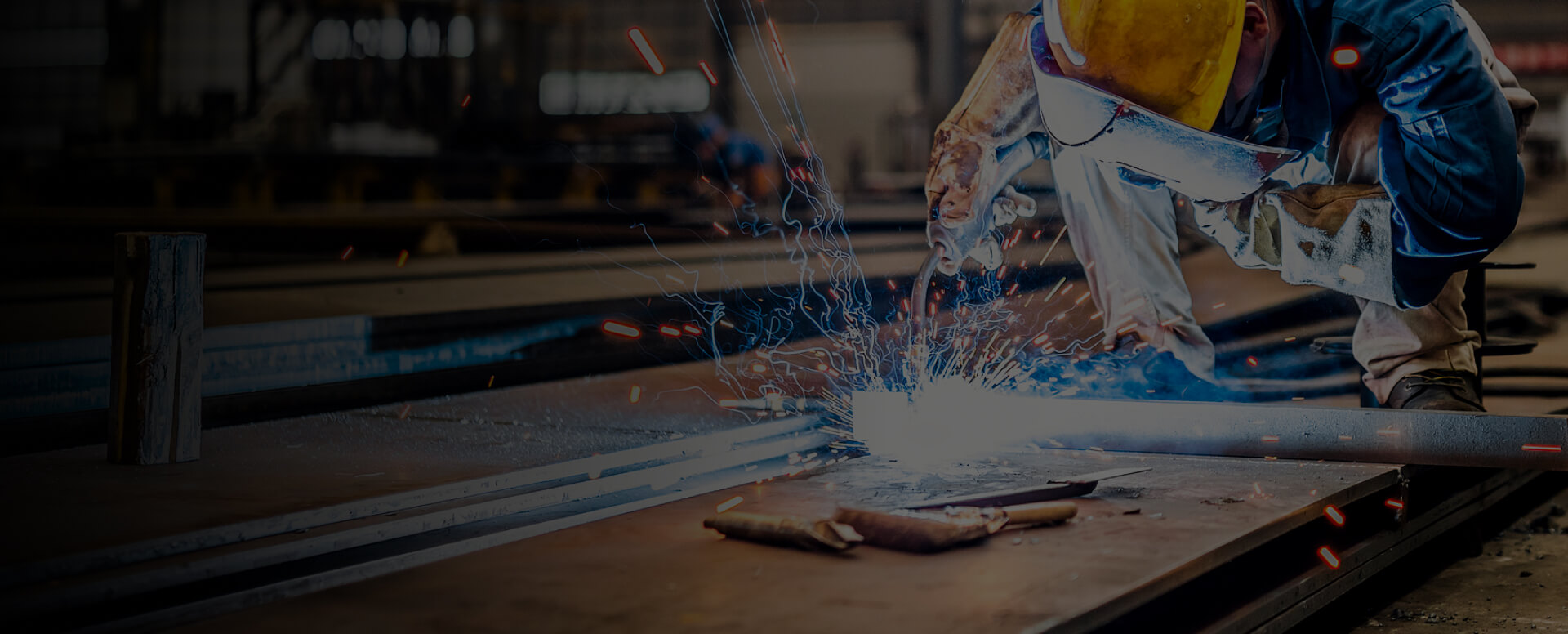
Yes, MIG welding is capable of producing strong and durable welds when performed correctly using appropriate techniques and parameters.
Factors Influencing MIG Weld Strength
MIG (Metal Inert Gas) welding is valued for its versatility and efficiency. The strength of a MIG weld depends on several key factors:
Type of Filler Material
The selection of filler wire significantly affects weld integrity and must be compatible with the base metal:
•Carbon Steel Fillers: Deliver good strength but may rust if not properly protected.
•Stainless Steel Fillers: Provide corrosion resistance, ideal for stainless components.
•Aluminum Fillers: Require a stable arc and thoroughly cleaned base materials.
Welding Parameters
Optimal settings are essential for quality and strength:
•Voltage: Affects bead shape—excessive voltage causes spatter, while too little leads to poor penetration.
•Current: Determines heat input; higher current improves penetration but raises burn-through risk.
•Wire Feed Speed: Influences bead size and fusion balance. Incorrect speed may cause a lack of fusion or excessive buildup.
Shielding Gas Selection and Quality
Shielding gas prevents atmospheric contamination:
•CO₂: Offers deep penetration but may produce a rougher bead.
•Argon Blends: Yield smoother beads and are often used with aluminum or stainless steel.
•Helium: Increases heat input, beneficial for certain metals like aluminum.
Base Material Preparation
Proper cleaning and joint setup are critical:
•Remove oils, dirt, or oxides using wire brushes, grinders, or solvents.
•Ensure precise joint alignment and consider preheating thick or alloyed metals to avoid cracking.
MIG Welding vs. Other Processes
MIG vs. TIG Welding
•MIG is faster and easier to learn, making it suitable for production environments.
•TIG offers superior precision and is better for thin metals and cosmetic welds.
MIG vs. Stick Welding
•MIG requires more equipment (gas, wire feeder) but offers higher efficiency.
•Stick welding is more portable and wind-resistant, ideal for outdoor or rugged conditions.
MIG vs. Flux-Cored Welding (FCAW)
•FCAW often does not require external gas, making it suitable for outdoor use.
•FCAW offers higher deposition rates, while MIG provides cleaner welds with less spatter.
Applications of MIG Welding
MIG welding is widely used across industries due to its speed and adaptability:
•Automotive Manufacturing: Frame assembly, exhaust systems.
•Construction and Infrastructure: Structural beams, bridges.
•Shipbuilding: Critical for strong, reliable seams in marine applications.
Advantages:
•High speed and material efficiency
•Suitable for a wide range of metals and thicknesses
Limitations:
•Sensitive to wind and environmental conditions
•Requires appropriate gas shielding and equipment setup
Safety and Quality Assurance
Safety Measures:
•Use approved helmets, gloves, and fire-resistant clothing.
•Ensure adequate ventilation to avoid fume inhalation.
•Store gas cylinders securely away from heat or flames.
Weld Quality Testing:
•Visual Inspection: Check for consistency, cracks, discoloration, or surface defects.
•Non-Destructive Testing (NDT):
•Ultrasonic Testing: Detects internal flaws.
•Magnetic Particle Inspection: Reveals surface cracks.
•Radiographic Testing: Uses X-rays to examine internal structure.
•Destructive Testing:
•Bend Tests: Assess ductility.
•Tensile Tests: Measure strength under tension.
•Macro-Etch Tests: Examine cross-sectional integrity.
How to Improve MIG Weld Strength
To maximize the strength of MIG welds:
•Maintain a consistent travel speed and gun angle.
•Optimize voltage, amperage, and wire feed settings based on material type and thickness.
•Use high-quality filler metals and ensure excellent base metal cleanliness.
•Select the right shielding gas mixture for the application.
By following these guidelines, MIG welding can produce robust, high-quality welds suitable for demanding applications.
Related Articles

What Type of Welding Is Mag?
What is arc welding?Arc welding is a process that uses an electric arc to join metals. The arc formed between the electrode and the metal workpiece generates intense heat, melting the materials and fusing them together. This method is highly versatile and can be performed using either direct current

